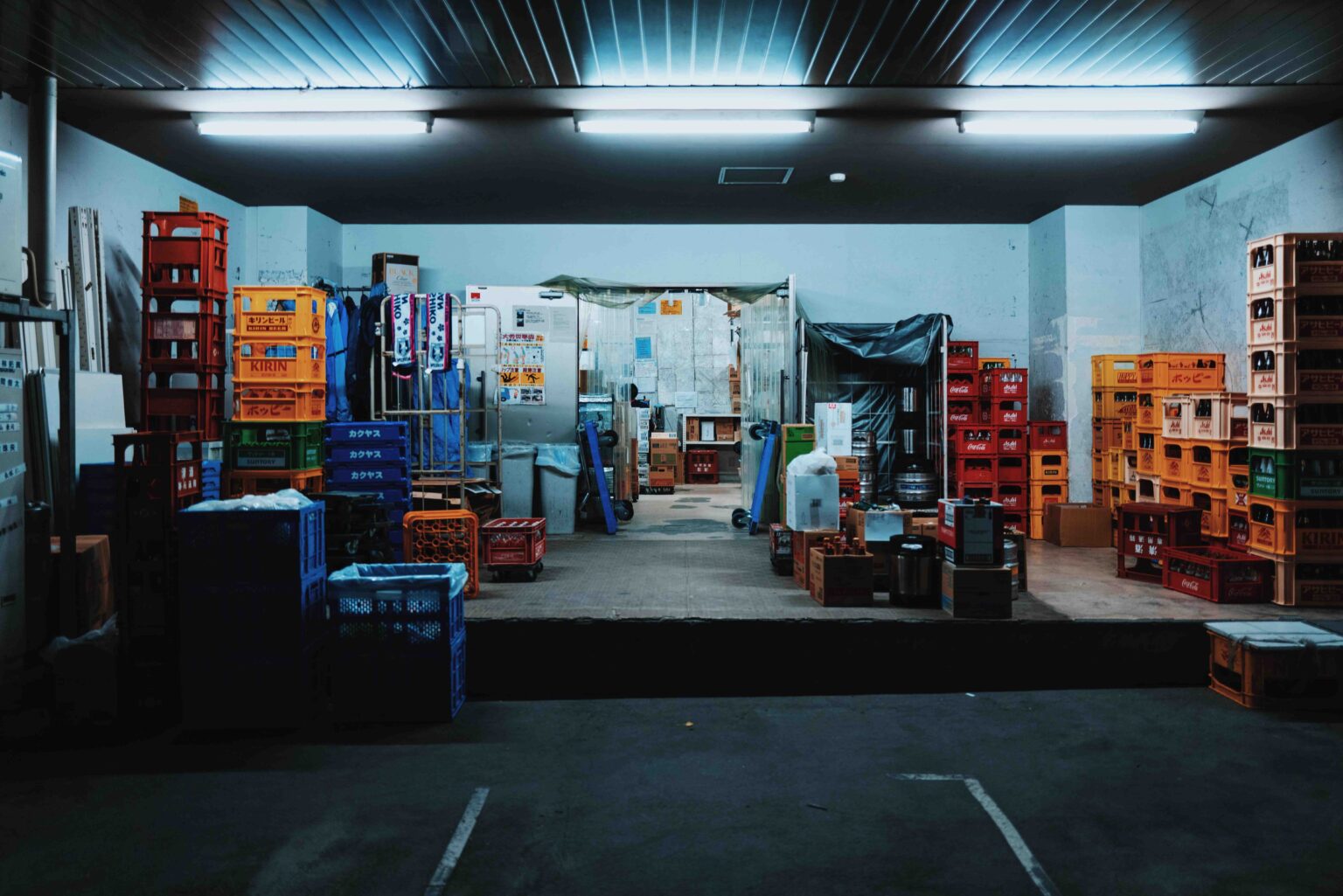New Logistics Challenges for Businesses in 2022

We are facing a new and challenging year that presupposes a safe return to the offices and the opening of physical stores. Although these may once again generate a change in people’s consumption habits, the businesses’ resilience and their partnership with logistics services must still be a priority for them since e-commerce will continue being one of the preferred buying methods from consumers.
Before this development comes, great challenges need to happen. Therefore, it is in our minds to make a review of what would be the situations that businesses that work with the LMD (last mile delivery) sector may encounter during 2022 and the years to come.
1. Appearance of Multi-shipments:
Although the request for multiple orders was already common in online stores, after the pandemic, stores that barely implemented logistics services had to improve their delivery systems to facilitate multiple shipments in short periods of time.
Given this scenario, technology has played a fundamental role. Through these types of tools, such as intelligent algorithms, it is possible to determine the number and types of vehicles required for a multi-delivery service, make improvements in the route; resulting in faster delivery times and cost savings of up to 50% compared to traditional logistics services.
2. Seeing and setting Customer experience as a priority, not an option:
With the growing demand for last mile services, it is very common to hear about poor customer service issues. For this reason, it is important to take into account various factors that will determine how to make the best shipment, and avoid specific situations that would negatively affect business, all based on the consumer’s experience.
Thus, issues such as the personalization of deliveries through package wrappers, personalized text messages, short calls or details provided by delivery companies when making a delivery have become viable options when making shipments for both logistics services and companies that provide the product.
3. Improving reverse logistics services:
Let’s not forget reverse logistics. One of the main reasons potential customers don’t shop online is the returns process. However, with 70 per cent of the Indian population living in rural areas, infrastructure issues pose massive challenges for logistics management (forward and reverse) in the country
In this sense, it is essential to define a customer return policy to simplify the claim process for both parts, the logistic service and the business that offers the product.
Making the reverse logistics process easy for the customer increases the return rate of the client dramatically and even secures next purchase granting the customers a peaceful state of mind.
4. Find the best LMD product for them:
One of the main aspects to make shipments in any company is to determine which product suits their logistic necessities better.
To know this, it is important that the company understand their target needs and the demand temporality of their product. Is it urgent? Could it wait until the end of the day or the next day? Having a clear path of demographic data, knowing the transfer capabilities of their products– among other things– will not only save money, but also increase customer experience.
Now, companies can determine the type of vehicle they require, the possible routes for them to make, and finally, the type of product they require from their LMD partner.
5. New technologies in favor of express delivery and sustainability:
With the exponential development of courier services and the urge to find better eco-friendly delivery practices, businesses must take advantage of technology and consider it as a big part of their strategy.
The algorithms of the last mile service will allow in 2022 the hyper-personalization of shipments, the specific programming of delivery hours, delivery mailboxes, the pick-up service in branches, even the preparation of packages so that people pick them up at convenience stores. flexibility is key to optimize the operation of any business and keep looking for eco-friendly logistics delivery practices.
All this is always in favor of both the delivery service provider and the client, who in the end is the main beneficiary of the implementation of these technologies.

